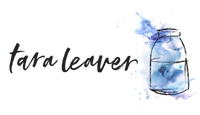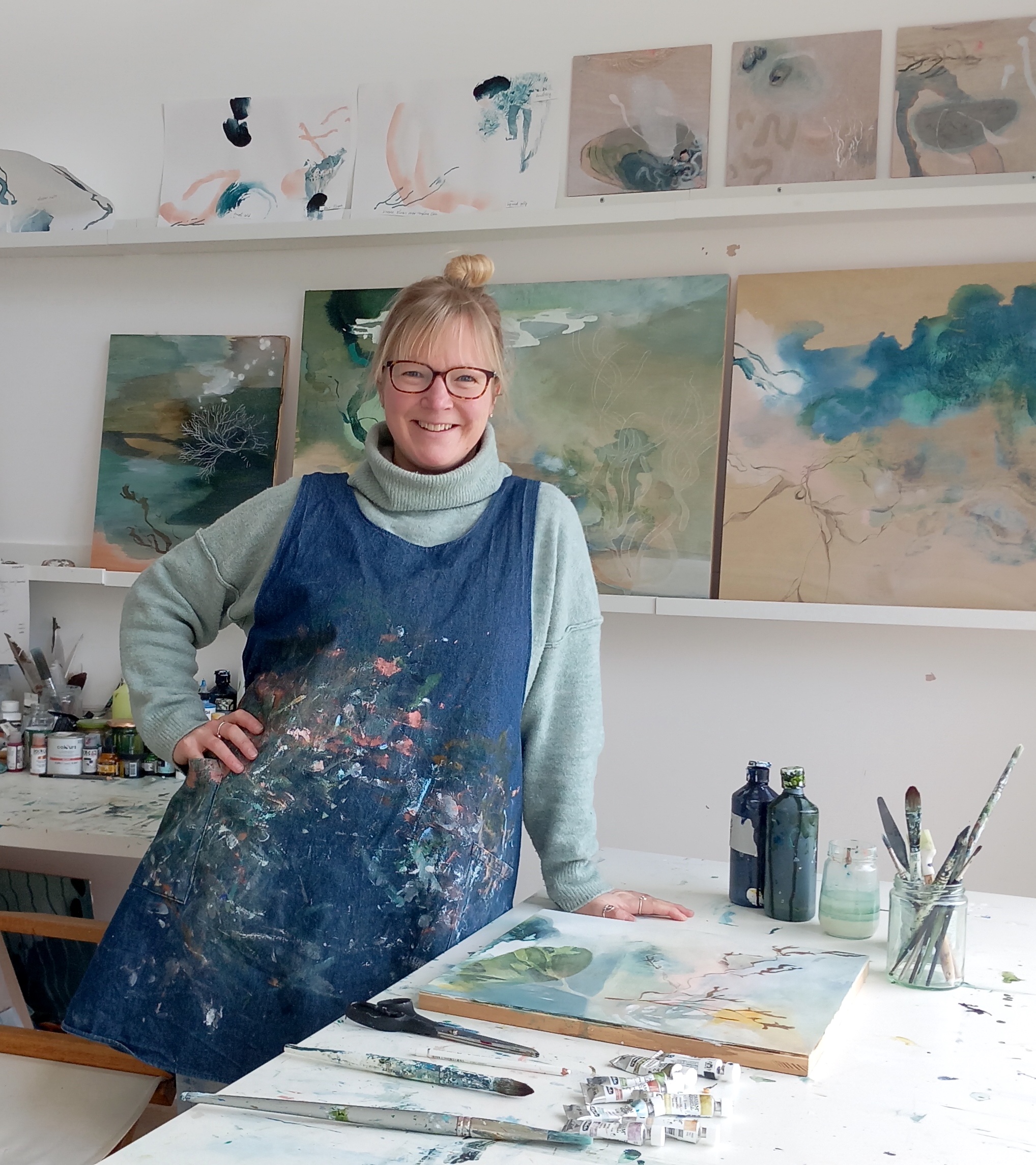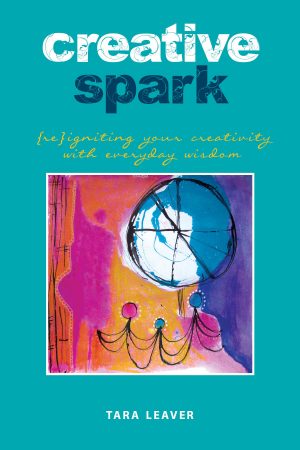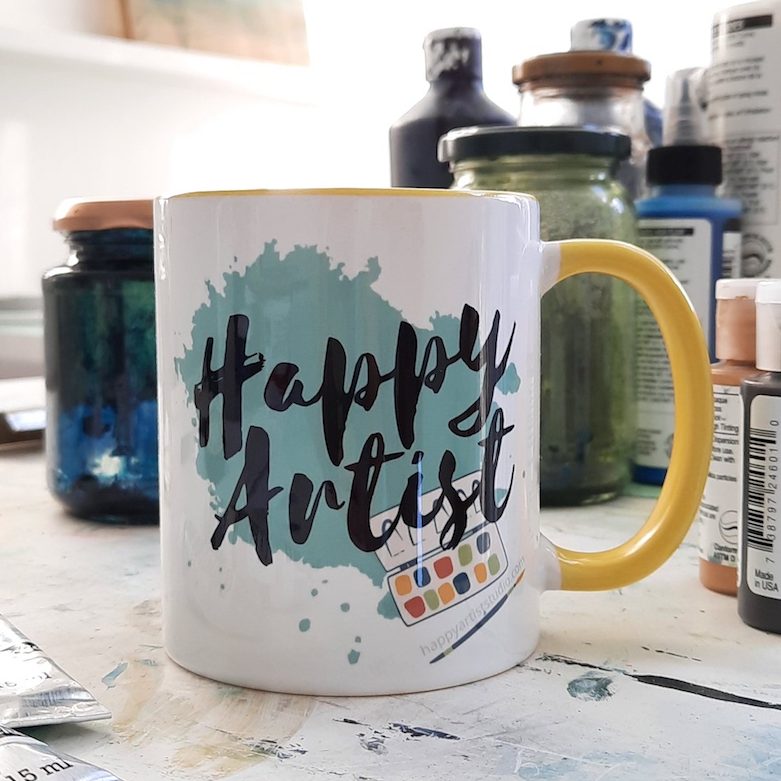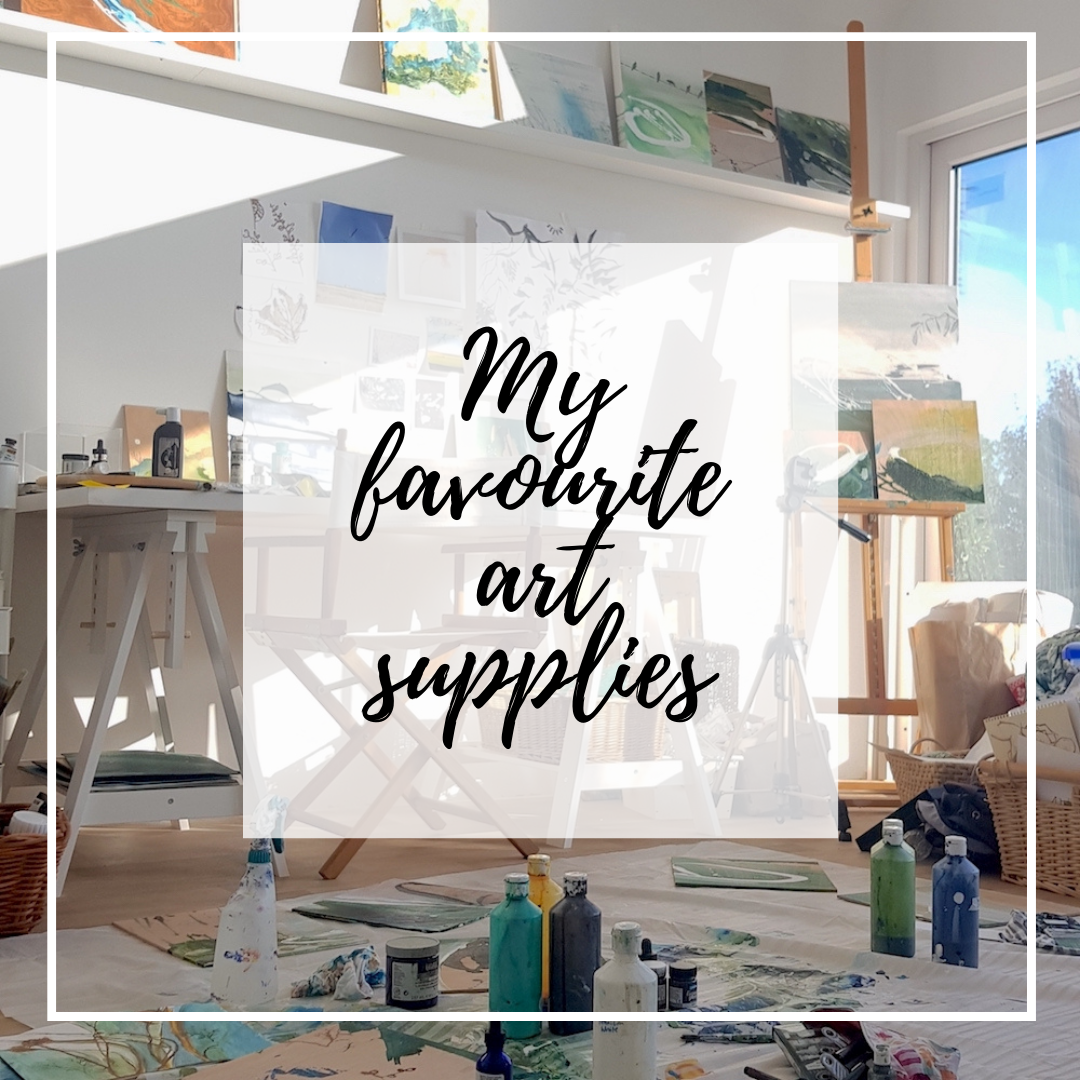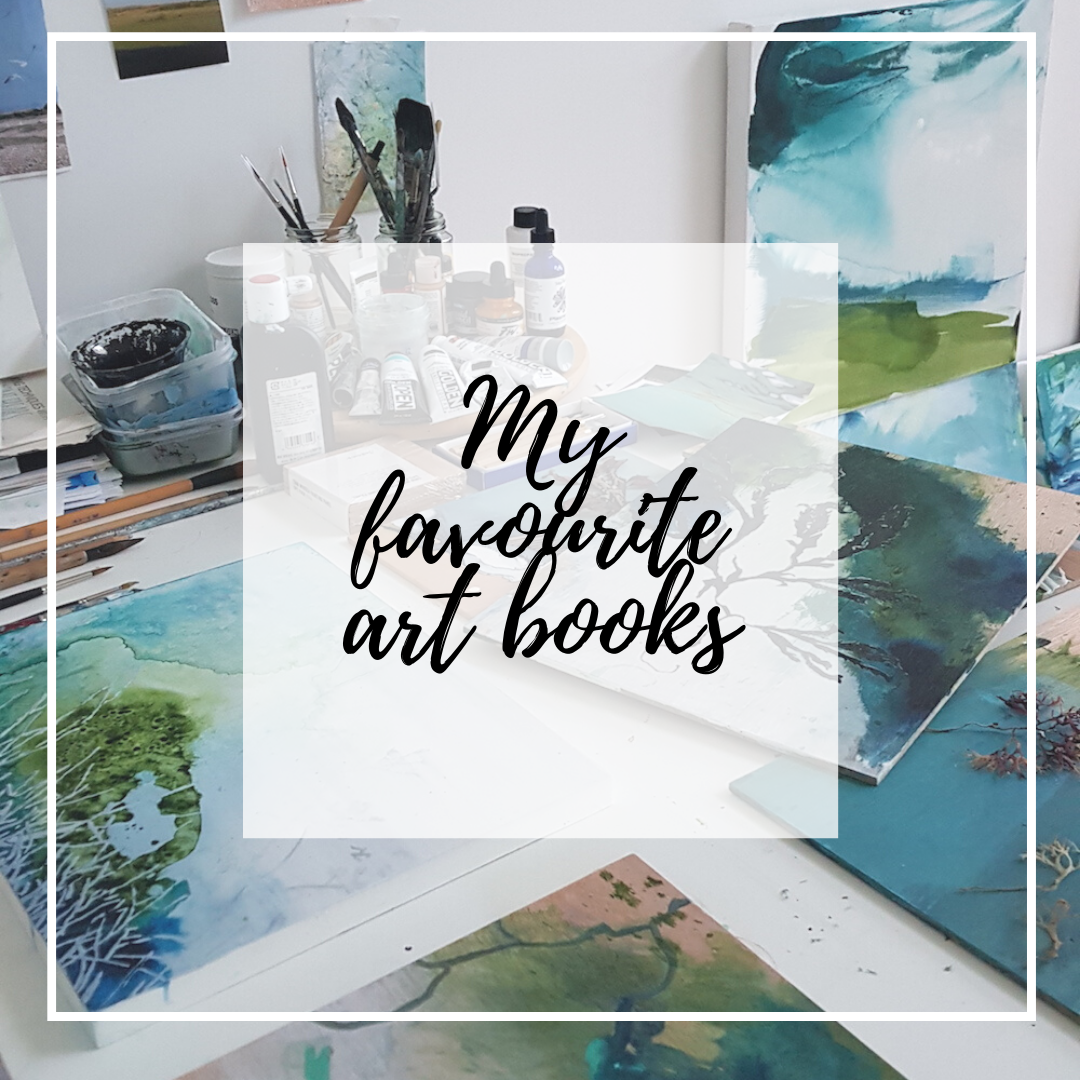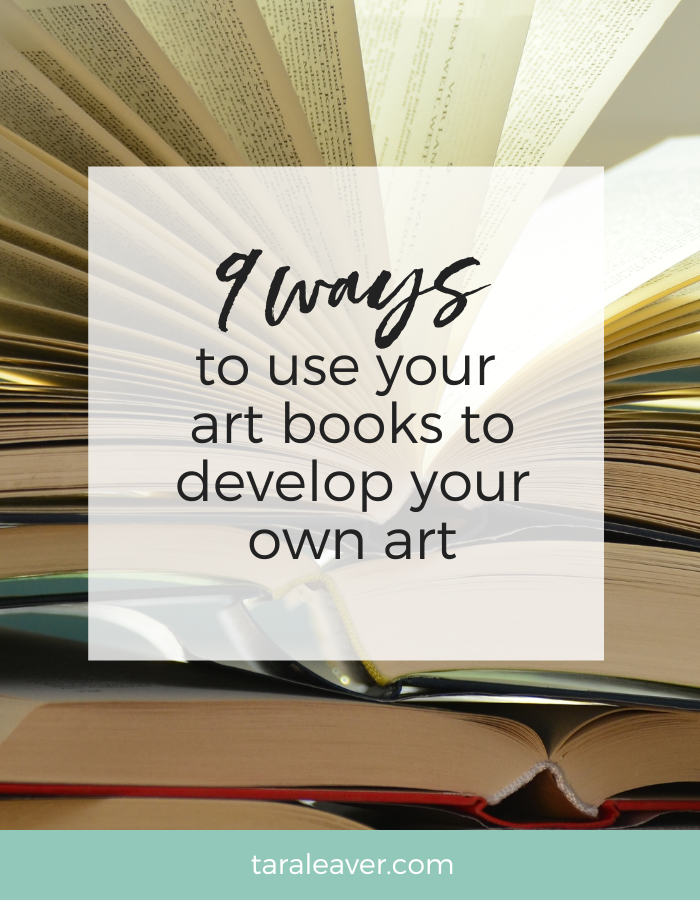
Anyone else have a little library of lovely art books in their studio that they {almost} never actually look at? 🙈
I’m quite careful about the art books I buy, and will often get them from the library first in case they turn out to be something I won’t want to keep, as they can be quite an investment.
But I’ve been thinking recently that I don’t actually dip into the books I do have very often, and wouldn’t it be cool if I put them to use to help me with my art?
Art books could be…
- a source of inspiration
- a place to find new colour palettes or subject ideas
- a springboard to get started {sometimes just looking at art is enough to get me motivated to make some}
- somewhere lovely to get lost in for a while
… or any number of other possibilities.
The books get used, you make more art – what’s not to love!
So I sat down and thought of nine ways you could use your art books in service to your own art:
ONE | Try out colour mixes
This is something I did in the Exploring Colour Intuitively workshop.
I used a postcard as my inspiration to develop a colour palette, but you could just as easily pick an image from one of your art books as your starting point.
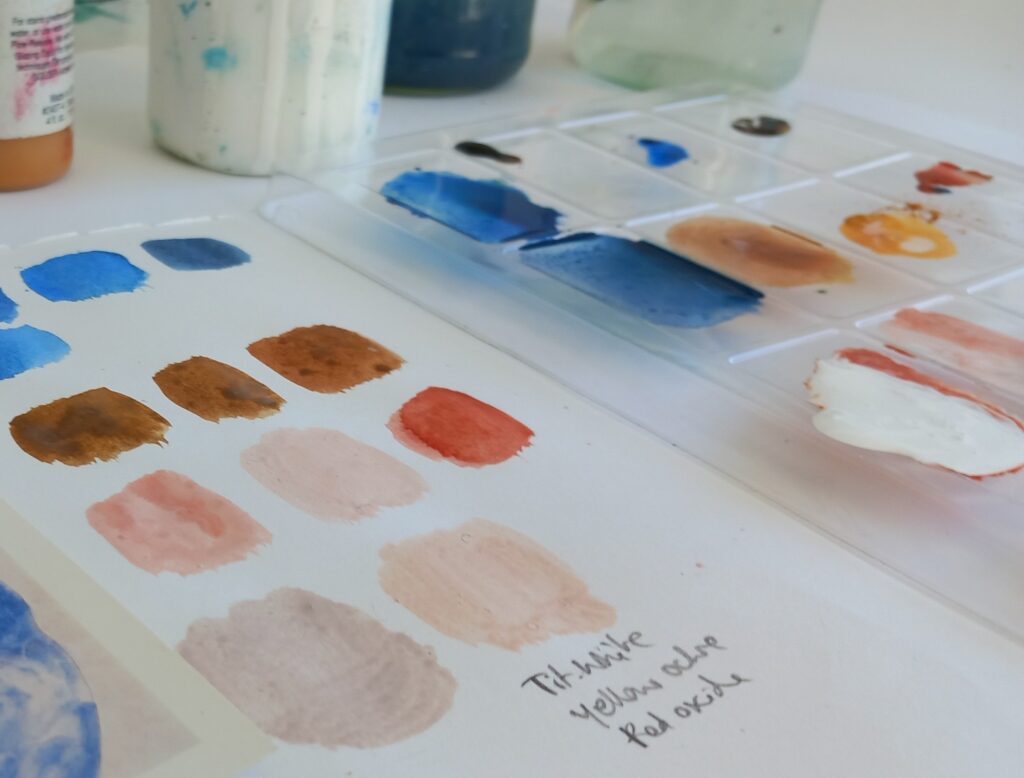
TWO | Recreate an artwork in your favourite media and approach
Easier if you pick something that’s not too similar to yours, so you can really put your stamp on it.
It could be like for like – you paint from a painting, for example – or it could be you make a painting from a sculpture, or a a weaving from a drawing.
THREE | Choose a work you like and write about why you like it
Or record a voice memo for yourself if that’s more your jam.
The benefit of this is that it will reflect back to you what you like – great if you’re still developing your personal artist voice – and start to give you language for that.
Useful for artist statements and being able to talk about your work, as well as clarifying for yourself what most excites and inspires you.
(If you haven’t tried writing about art you like and why before, I highly recommend it – it can generate surprising insights!)
FOUR | Do a warm up with a blind contour drawing {or two}
Blind contour drawing is a great way to both warm up, and make more expressive art. Plus it’s really fun.
Since they can be done quite quickly, you could pick a few different images and translate them to one line/blind contour drawings.
You never know what new ideas it might generate.
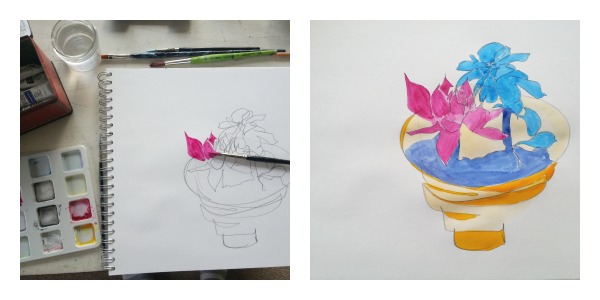
FIVE | Recreate an image as a collage
Especially if it’s not already a collage. 😉
A good exercise in understanding shape, colour, composition, and value.
(So, most things then.)
SIX | Pick an image you don’t like, and adapt it into something you do
A bit more challenging potentially!
But a great opportunity to strengthen your own voice by establishing what would make this particular piece a ‘yes’ for you, by pushing your own creative edges to see what’s possible.
SEVEN | Take one element from an image and create a new work around it
It might be a particular colour, or part of the subject, or even the composition.
You could use a viewfinder to find a section you particularly like or feel intrigued by.
Then think about how you could create a completely new piece from it, your way.
EIGHT | Turn it upside down and draw from it
Turning an image upside down can make it easier to draw with greater accuracy, if that’s something you want to develop.
When it’s the right way up, the eye wants to make sense of it, but upside down it becomes more ‘abstract’, and can be easier to copy across to a sketchbook.
Good practice in seeing!
NINE | Recreate an artwork using a different colour palette
If colour is something you either love, or find quite challenging, this one could help you to discover new palettes for your own work, and develop more confidence with colour along the way.
These ideas are intended to be springboards – pick one that sounds interesting and take it into the studio with you. Feel free to adapt and develop as you go!
What do you think? Do any of these ideas spark for you as a way to reconnect with and really use your art books? I’d love to know if you have more ideas – drop them below!
